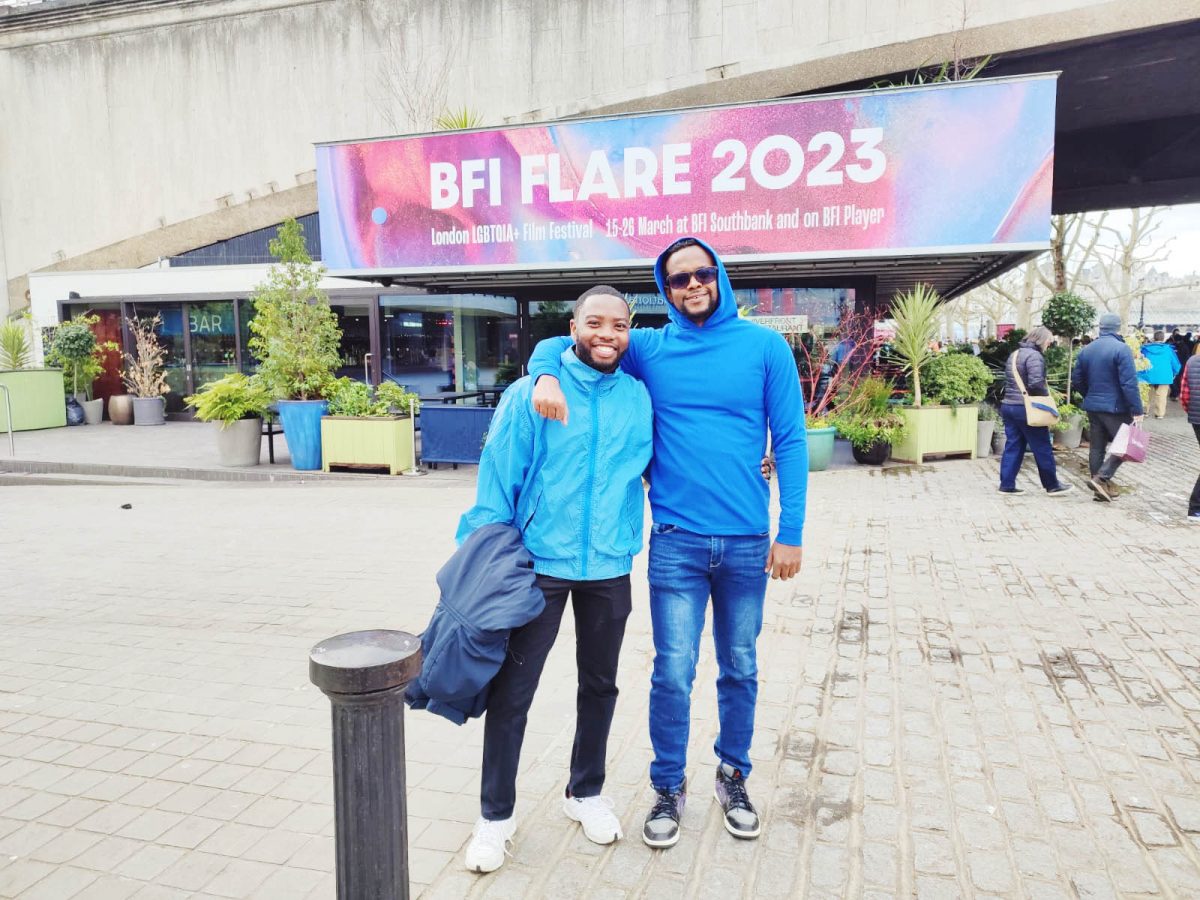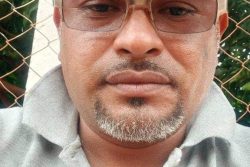“Everyone here is so friendly,” people from big cities say when they visit Guyana. It always confused me why this was of any note. I wondered if they didn’t expect Guyanese to be friendly, but when I ended up at an underground train station in London, I finally understood. The passengers gazed ahead, their faces stony, so I could not discern their emotions. When my suitcase accidentally hit someone’s foot and I apologised, there was no acknowledgement. I was no longer in Georgetown.
There is a greater sense of urgency in London. People have places to be and do not slow down. The underground felt like a maze. The train stops were all very similar and trains ran constantly. Fortunately, my friend Nickose Layne and I received help when we asked for directions. So, perhaps while not as friendly as the people in Georgetown, they were helpful. After a few hours of figuring out the underground, we finally made it out. Cold air brushed my face.
I felt water droplets forming on my cheeks and my breath was icy. It was a coldness I never felt before and to be honest, I didn’t mind. In Georgetown, I take a few steps and drip in sweat.
While the underground commuters were stone faced, the crowd at the British Film Institute (BFI): Flare was relaxed. I was often greeted with smiles at the centre. If I was wandering around looking lost, a staff member would approach and offer assistance.
The BFI centre has multiple cinema screens and multiple films screen at the same time. There is also a library and an archive of films that the public can access for free.
I was told by a staffer that the British government has been supportive of the event and he found it incredible that an institute for cinema that usually screens films year round would pause to host the largest LGBTIQ+ film festival in Europe which supported nationalities from all across the globe.
London also has dozens of theatres and plays are always happening. The artform is respected and plays tend to run for two months.
Plays are as natural a part of the landscape as market vendors are to Bourda. For me, this was amazing. Guyana has two theatres and often only one type of play is supported, farce. But an Italian producer of plays explained that while the city is bustling with plays, it was tough for non-British actors to land roles. This was interesting because the city is filled with immigrants from different parts of the world; you hear different languages and accents all the time. I stopped to ask for directions several times only to be greeted with, “no English”, or I am not from here. I did not know the city was so diverse because I do not see this reflected in British cinema.
The films I have seen often have actors with British accents, or people who are born there. Yet there is an underrepresented community of people who do not have British accents and cannot speak English. Festivals like the BFI: Flare have started to rectify this. This festival shows how international communities can come together and support art. BFI: Flare gives people like me a platform we would not have had before.
Our film, Eating Papaw on the Seashore, was screened on the Latino and Caribbean night. There were also films from Canadian, Colombian, American and Jamaican directors. These films were diverse and I do not know if commercial cinemas would be able to group films from such a variety of people across the globe for different nationalities to sit in a dark room and experience a cultural landscape different from their own.
It was our first experience of the film being screened in a cinema with strangers from all across the world in a packed theatre. I was in awe because I am so accustomed to seeing one type of film. I had long dreamed of seeing our culture represented before the entire world. I was experiencing the reality; yet it still felt like a dream.
It is not a dream. I am here walking the streets of London and telling filmmakers that Guyana is not an island. People are interested in our culture and landscape. They were particularly enthralled by the colour scheme of the film. It was soaked in greens, yellows, oranges and blues.
In London, many of the buildings are grey and part of the city looks monotone, especially during the day when lights are not on. This is what cultural exchange does for people. They can see and hear the land from people who live there. When you live in a culture for years and do not detest it, despite its shortcomings, you are able to represent it in a truthful manner that can resonate with the world.
The collection of artists who made Eating Papaw on the Seashore all wanted to create a quality that resonated with the world and represented us in a way that is not often seen. Two filmmakers commented on the difference in the way we filmed our landscape as compared to westerners who visit the Caribbean. Our seashore was covered in darkness and the images looked very atmospheric. Usually, when Caribbean films are filmed with western eyes the landscape is bright and beautiful, as if the Caribbean is a homogenous island with happy people all the time and palm trees, but the Caribbean also has darkness. In a lot of films, the Caribbean looks like a postcard, a backdrop for westerners on vacation.
The people who live in the Caribbean are also in the backdrop. Many Caribbean films have begun to appear at big international film festivals and challenge this portrayal. Guyana has been a little behind, but I know this will not be the last time we premiere at an international film festival.





